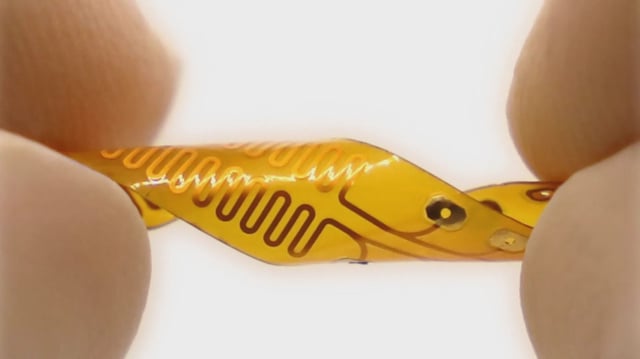Overview
- The implant receives energy via an external wearable ultrasound transmitter and converts it into electrical pulses through a piezoelectric element.
- A ResNet-18 based neural network processes EEG signals to classify pain into three levels with 94.8% accuracy, enabling real-time adjustments to stimulation intensity.
- Rodent trials showed significant reductions in pain responses to mechanical and thermal stimuli, and animals preferred environments where the system was active.
- By eliminating implanted batteries and hardwired connections, the UIWI stimulator addresses high costs, surgical invasiveness and maintenance burdens of current spinal cord stimulators.
- Researchers say future versions could be miniaturized for syringe-based implantation and managed via smartphone software.
